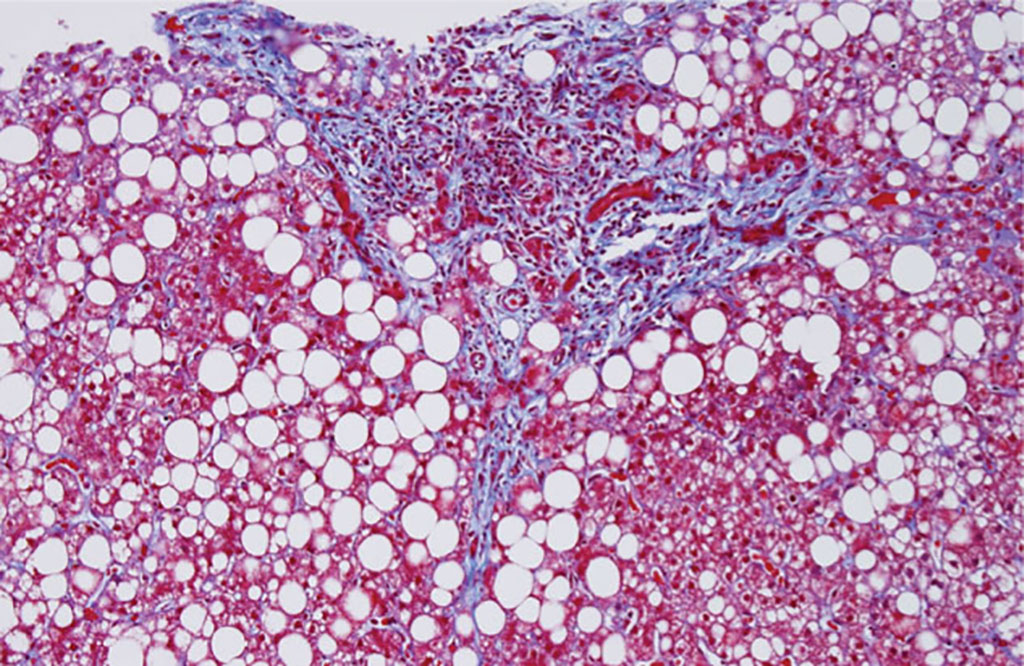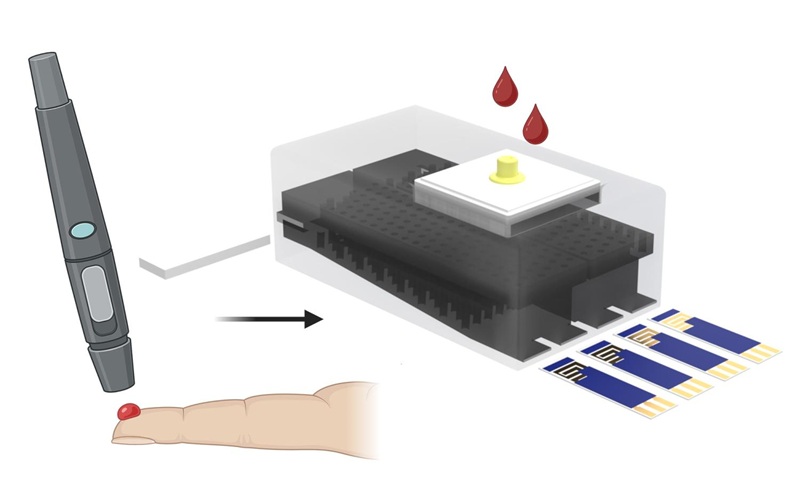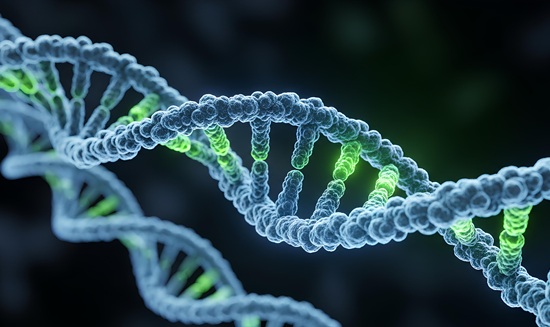Serum Antinuclear Antibody Correlated in Hispanic Pediatric Patients With NFLD
Posted on 06 Apr 2022
Non-alcoholic fatty liver disease (NAFLD), also known as metabolic (dysfunction) associated fatty liver disease (MAFLD), is excessive fat build-up in the liver without another clear cause such as alcohol use. Obesity and type 2 diabetes are strong risk factors for NAFLD.
Blood tests that are useful to confirm diagnosis or rule out others include erythrocyte sedimentation rate, glucose, albumin, and kidney function. Because the liver is important for making proteins used in blood clotting, coagulation-related studies are often carried out, especially the international normalized ratio (INR).

Clinical Scientists at the Yale New Haven Hospital (New Haven, CT, USA) and their colleagues examined the significance of antinuclear antibody (ANA) positivity in pediatric Hispanic patients with nonalcoholic fatty liver disease. ANA status was correlated with clinical, laboratory, and histologic parameters in Hispanic patients with a histologic diagnosis of NAFLD. In their study, they included 38 Hispanic children (27 male and 11 female) who had underwent a liver biopsy at a median age of 12.1 years.
The investigators reported that 20 patients (53%) had positive ANAs. The ANA-positive patients had higher fasting insulin levels (median = 32.4 µU/mL) and higher insulin resistance ([Homeostatic Model Assessment for Insulin Resistance (HOMA-IR) median = 5.9) than the ANA-negative patients (fasting insulin: median = 17 µU/mL and median [HOMA-IR 3.5 µU/mL). Serum high-density lipoprotein (HDL) cholesterol levels were higher in the ANA-negative patients (median = 47 mg/dL) than the ANA-positive patients (38 mg/dL). There were no statistical differences in a series of demographic, clinical, laboratory, and histologic parameters between the ANA-positive and the ANA-negative patients. At a median follow-up of 2.6 years, alanine aminotransferase was significantly lower than the baseline levels in both groups.
The authors concluded that in pediatric Hispanic patients with NAFLD, a positive ANA result is associated with insulin resistance and lower HDL cholesterol levels. The study was published on March 21, 2022 in the American Journal of Clinical Pathology.
Related Links:
Yale New Haven Hospital







 Analyzer.jpg)






